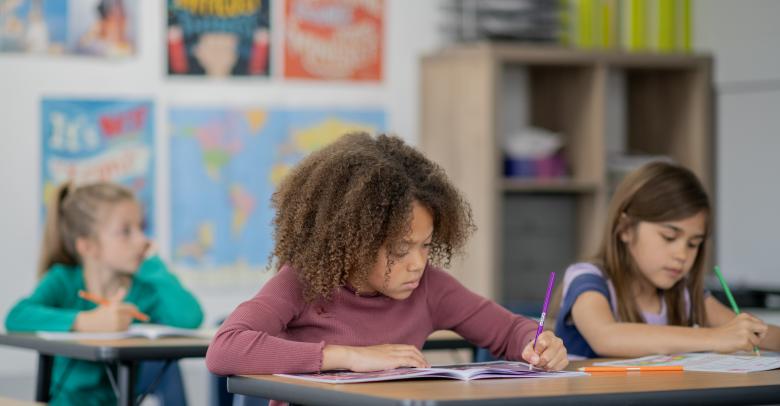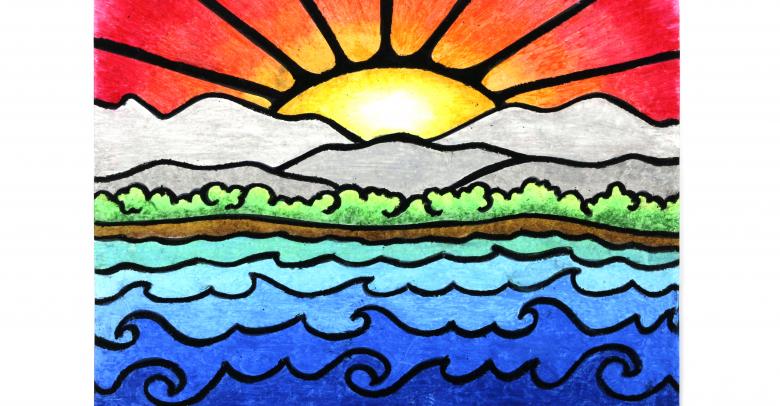A collage is simply the convergence of a multitude of different materials into a single art piece. Collage artists might work with objects like newsprint, photographs, tissue, wrapping paper, fabric, painted canvas, or dimensional objects like feathers, buttons, beans, or corkscrews, or both. This variety of media provides visual interest, depth, texture, and color, and can aid in the communication of an artist’s story or message.
Collage as we know it began in the early twentieth century. The artform originated with the European Dada movement, as a reaction to the capitalist society of the time. Dada artists, working during WWI, often crafted collages to communicate political messages including anti-violence and anti-war, using objects like maps, ticket stubs, and news reports in their pieces. Famed collage artists include Pablo Picasso, Man Ray, and Kurt Schwitters, who collected and incorporated garbage into his collages.
Collaging with monotype prints is a unique way to bring two artforms, collaging and printmaking, together. Students prepare a gel plate with a positive or negative image, adding thin objects like string or stencils as they like, then press block printing paper to their plates to create one-of-a-kind images. These images can then be compiled, whole, torn, cut, folded, or shaped, along with additional prints or other materials and additional, dimensional elements, and mounted to a sheet of Arnhem Printmaking Paper for a two-in-one lesson in printmaking and collaging.
View a complete lesson plan for this project, step-by-step directions, and a materials list, here.
For Upper Grades and College.






Leave a Reply